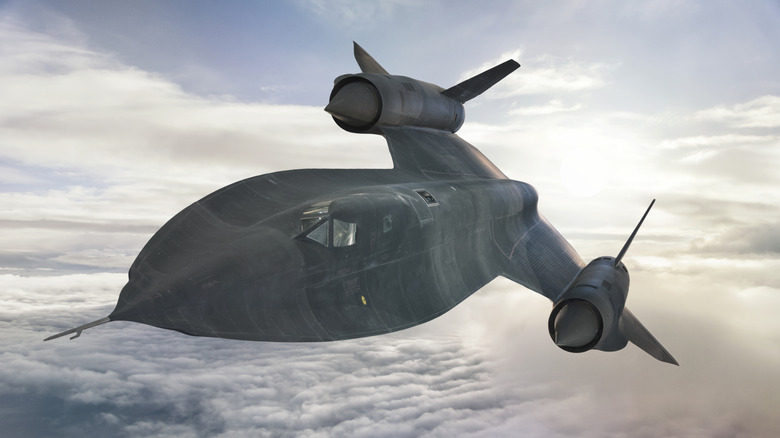
The SR-71 Blackbird is famous for many things: its unmatched speed, its stealth, and its distinctive black paint. But look closely at its landing gear, and you'll notice something surprising: silver-colored tires. It's not a stylistic choice, but a functional one. Unlike commercial jets, the SR-71 operates at extreme speeds and altitudes, generating intense heat on landing that can be devastating for rubber tires. To combat this, engineers infused the tires with powdered aluminum, giving them a metallic
sheen that stands out in museum displays even today.
The aluminum powder dramatically increased the tire's flash point, helping it resist the heat generated from high-speed landings. The tires also ran at an eye-watering 415 psi, over ten times the pressure in a typical car tire, and were filled with nitrogen instead of regular air, reducing the risk of fire by eliminating oxygen from the equation. Every detail of the SR-71's design, including its silver tires and even its very special windshield, was about surviving the most demanding operational environment any aircraft had ever faced.
Read more: 10 Of The Strangest Military Helicopters Ever Made
The Unmatched Speed And Legacy Of The Blackbird

Developed by Lockheed's Skunk Works team in the 1960s, the aircraft was designed for one purpose: strategic reconnaissance at unprecedented speed and altitude. The Blackbird's top speed was over Mach 3.2 (more than 2,100 miles per hour), and it could reach altitudes of 85,000 feet, far above most anti-aircraft systems.
Constructed primarily from titanium, the Blackbird was built to withstand the incredible heat generated by high-speed flight. At these speeds, friction between the airframe and the atmosphere would heat the skin to over 400°F. To manage this, engineers used innovative materials and techniques, including a special paint that radiated heat and reduced its radar signature.
The Blackbird's performance was unmatched. It set world records that still stand today, including the fastest coast-to-coast flight in 67 minutes. No other operational aircraft has ever achieved such speeds. But for all the talk about its velocity and altitude, the SR-71 was also able to fly pretty low and slow when the pilot wanted it to.
But the Blackbird wasn't just fast, it was a key intelligence asset during the Cold War. From the late 1960s to 1990, it flew missions over hotspots around the globe, gathering vital data without ever being shot down. Its ability to outrun surface-to-air missiles made it invaluable for reconnaissance.
The SR-71's legacy endures as a symbol of innovation and daring. It stands as a testament to what engineers can achieve when pushed to the limits of technology. Even today, no aircraft matches its combination of speed, altitude, and stealth.
Want the latest in tech and auto trends? Subscribe to our free newsletter for the latest headlines, expert guides, and how-to tips, one email at a time.
Read the original article on SlashGear.










